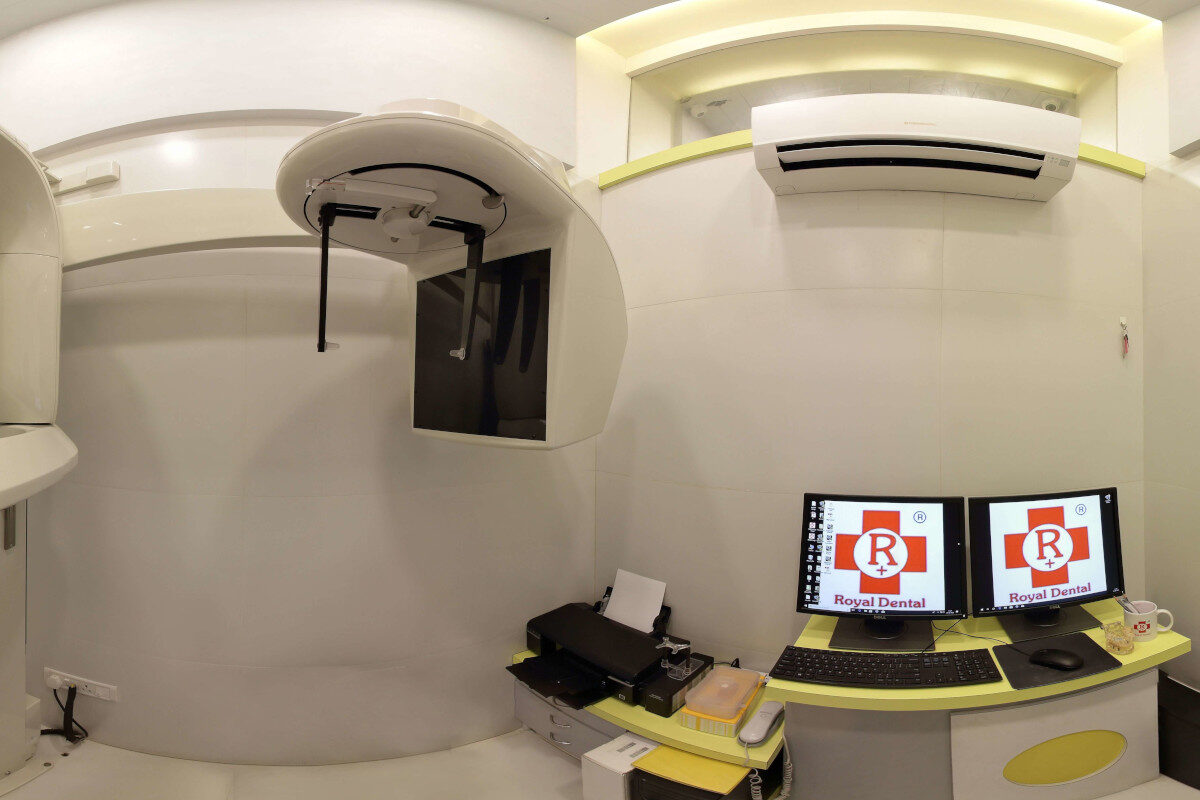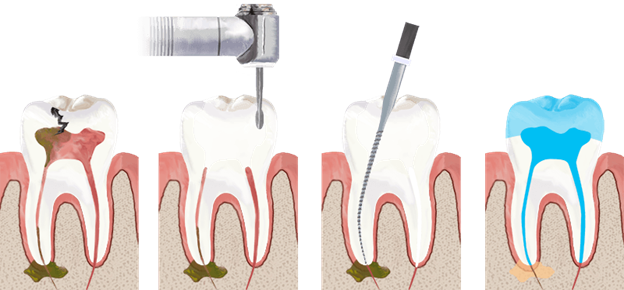Dental cone-beam computed tomography (CBCT) is a type of imaging technology used to create detailed 3D images of the inside of your mouth and teeth. With dental CBCT, dentists can get a better view of the structures inside your mouth, which allows them to detect and diagnose certain problems quicker and more accurately than with standard X-rays or visual inspection. Cone-beam refers to the type of scan being performed. A standard CT scan produces a detailed image from many different angles, much like an onion having many layers. But a cone-beam CT only slices the image in one direction, resembling a cylindrical wedge of onion instead. There are two primary reasons why dentists use cone-beam CBCT!
Why do I need a CBCT scan?
Now that you have an understanding of what a CBCT scan is and how it works, let’s take a look at just why you may need one. For starters, your dentist will likely recommend a CBCT scan if you are considering dental implants because it can provide a detailed picture of your bones, nerves, and soft tissues. A single CBCT scan can show potential dental issues such as tooth decay, bone loss, abnormal growths, facial fractures, periodontal infections, irregularities of the temporomandibular joint, and problems with the tooth roots or dental pulp.
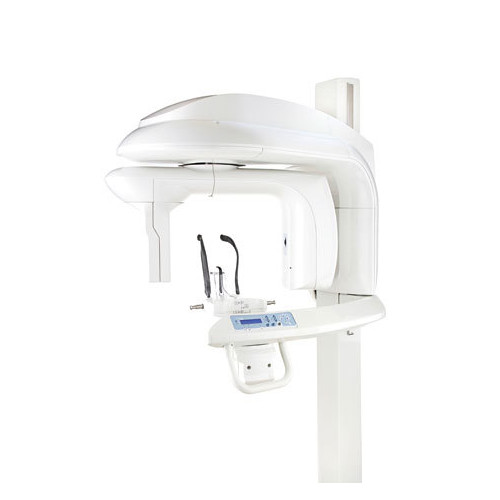
This allows your implant dentist to determine if dental implants can be safely and effectively placed. Not only are CBCT scans used to determine candidacy for having dental implants placed, but they are also used as part of the treatment planning phase. A large part of successful treatment outcomes involves careful planning before the actual procedure, and CBCT scans allow your implant dentist to do just that.
Since a CBCT scan shows all your bones, nerves, and soft tissues in extreme detail, this allows your dentist to establish their approach before they even begin the procedure. Not only that, but it also allows them to identify possible complications ahead of time so that they can take the necessary steps to avoid or minimize these complications. Overall, this means that your implant procedure will go smoother and you are more likely to have a successful outcome.
Dental CBCT for diagnosis
Before using CBCT, dentists would have to guess the location of a dental problem based on visual inspection, but with CBCT, they can get a much more accurate picture of the problem and develop a better treatment plan. For example, CBCT can be used to detect problems like cavities and bone loss that are difficult to see on X-rays. And when it comes to dental trauma like cracks and fractures, CBCT is a much better diagnostic tool than X-rays, allowing dentists to visualize internal damage that may not show up on X-rays at all.
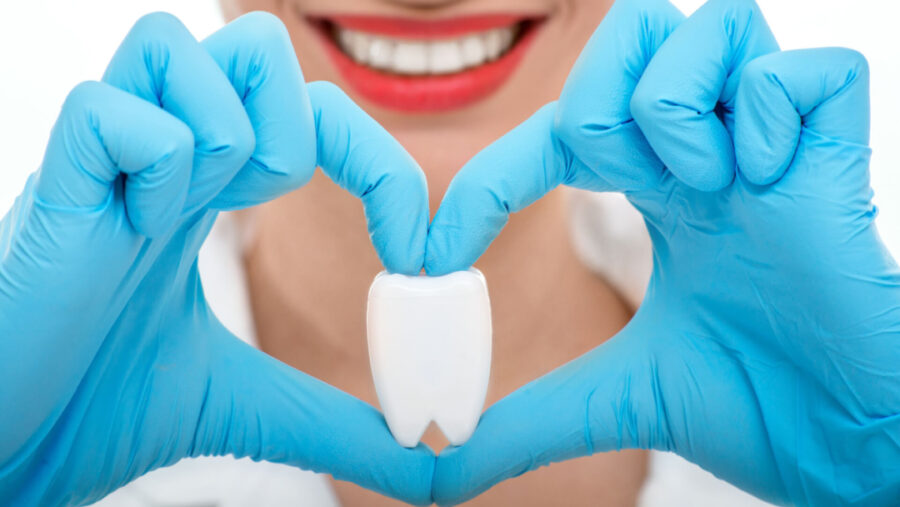
CBCT is also invaluable when it comes to diagnosing oral diseases like oral cancer, gingivitis, and periodontitis (gum disease). CBCT is the only imaging method that can reveal the extent of these diseases and determine whether surgical and/or dental treatment is required.
Dental CBCT for treatment planning
CBCT is also used for making treatment plans for dental procedures like tooth extractions and dental implants. With dental CBCT, dentists can virtually design the procedure, making sure the plan fits the patient’s mouth, and then adjust the design as needed.
This way, dentists can create a treatment plan that fits the patient’s needs and maximizes success rates. CBCT is also used for orthodontic procedures. With orthodontic CBCT, dentists can more accurately determine the position of the teeth and jaw, resulting in a more successful outcome and a reduction in re-treatment rates.CBCT scans are quick and in most cases, a full mouth scan only takes about 20-40 seconds.
When having a CBCT scan taken, you can expect to be seated while an x-ray arm slowly rotates around your head. To ensure your head remains still during the scan, your dentist may have you rest your head against part of the machine and/or use stabilizers in or around your ears to gently hold your head in place. The scan should cause you no discomfort.
3D printed teeth with dental CBCT
CBCT is also increasingly being used to create 3D printed teeth, which can be used in a variety of ways. For example, dentists can use 3D-printed teeth to make custom molds for teeth whitening trays (instead of using rubber or impression materials). They can also use 3D-printed teeth to create tooth retainers and other types of orthodontic appliances.
Additionally, some dentists are using 3D-printed teeth to create intra-oral models, which are useful for a variety of purposes, including oral surgery and bone grafting. And others are using 3D printed teeth for facial implants, orthognathic surgery, maxillofacial surgery, and surgical training.
How does Dental CBCT work?
Much like a medical CT scan, CBCT involves the use of X-rays to create a detailed image of the inside of the mouth. CBCT machines use a narrow, rotating X-ray beam instead of a broad fan-shaped beam, allowing them to focus on a smaller area and generate a higher resolution image.
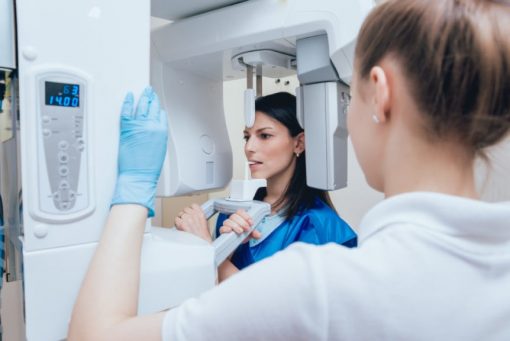
CBCT machines use a rotating table that moves the patient’s head through the scanner. The table is designed so that the X-ray source (the tube) remains stationary. While the table containing the patient moves through the scanner and is exposed to the X-ray beam.
Benefits of Dental CBCT
CBCT is a very useful diagnostic tool, but it can also be used for treatment planning. Which makes it even more valuable. With CBCT, dentists can develop treatment plans that are custom-made for each patient. Taking into account their particular oral health needs. CBCT is especially beneficial for patients who have oral health issues that make X-rays challenging to read. This includes those who have braces or other dental work. Patients with bridgework, and other oral health challenges that can make X-rays less reliable.
Limitations of Dental CBCT
While CBCT is a very useful and valuable imaging tool. It’s important to keep in mind that it’s not a diagnostic X-ray. While CBCT can provide valuable insight into the teeth and surrounding soft tissue, it doesn’t produce images of the bones in the head. CBCT machines are also very large and expensive. They can cost upwards of $800,000, and most dental practices don’t have the funds to purchase one. As a result, most dentists rely on oral surgeons to provide CBCT services for their patients.
Summing up
CBCT is an imaging technology used to create detailed 3D images of the inside of your mouth and teeth. It’s a very useful diagnostic tool, but it can also be used for treatment planning. Which makes it even more valuable. With CBCT, dentists can develop treatment plans that are custom-made for each patient. Taking into account their particular oral health needs. CBCT is especially beneficial for patients who have oral health issues that make X-rays challenging to read. This includes those who have braces or other dental work, patients with bridgework. And other oral health challenges that can make X-rays less reliable. If you are in need of a CBCT scan. Make sure to ask your dentist if they offer this type of imaging and if they have a machine.

